“Come Back to Me with All Your Heart”
Lent with All My Heart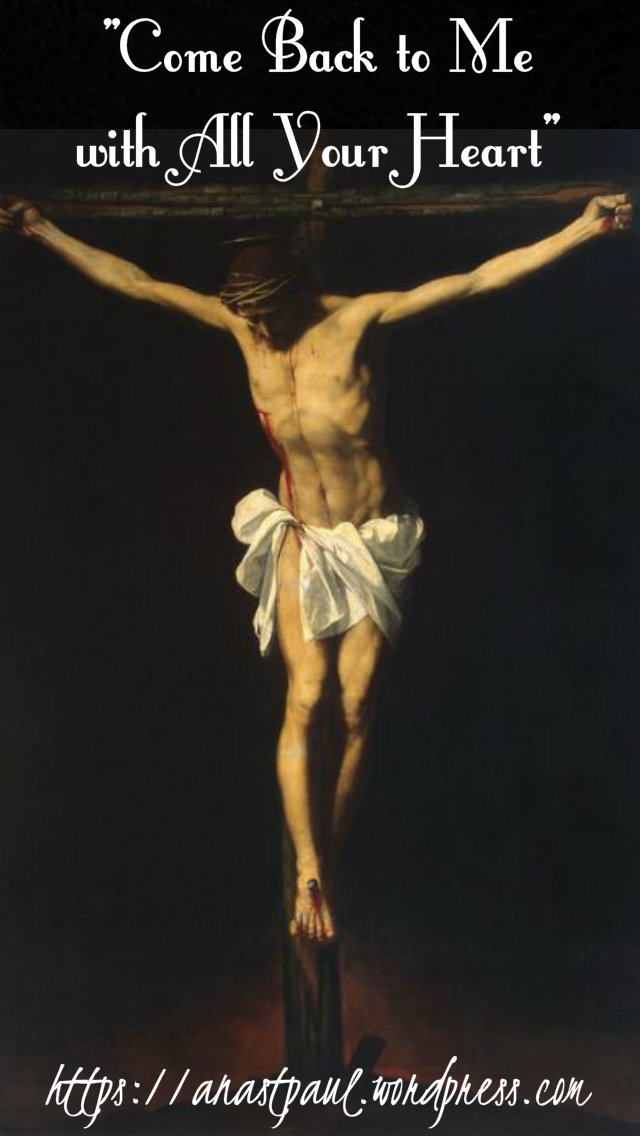
Each year, when Lent comes near, I easily return to my old instincts that Lent is supposed to be a time when I do some sacrifice to please God for six weeks. I know, in my head and heart that this isn’t the meaning of Lent but it is deeply ingrained in me, and I suspect it is for many of us.
The first Preface (the prayer that introduces the Eucharistic Prayer) of Lent is titled: “The spiritual meaning of Lent.” It sets the tone for Lent with this prayer, worthy of our reflection:
For by your gracious gift each year
your faithful await the sacred paschal feasts
with the joy of minds made pure,
so that, more eagerly intent on prayer
and on the works of charity,
and participating in the mysteries
by which they have been reborn,
they may be led to the fullness of grace
that you bestow on your sons and daughters.
(The Roman Missal, Third Typical Edition, 2011)
We are invited to await the Three Holy Days – Holy Thursday, Good Friday and Easter Sunday – “with the joy of minds made pure.” Rarely does it seem that we are going through Lent with joy, or that this joy comes from “minds made pure.” And, rarely is it so clear that the “fullness of grace” to which we are led comes from being “more eagerly intent on prayer” and “on the works of charity.” Finally, this journey is framed at “participating in the mysteries by which they have been reborn.”
I want to begin Lent this year, using Ignatius’ naming of a grace I desire: “Lord, lead me to the fullness of your grace.” I want to ask that I might be more intent on prayer and works of charity. And, I want to experience, through the readings and the liturgies each week during Lent, that I’m really reliving the mysteries of my rebirth and salvation.
I desire that this be what I “do” during Lent. This gets me closer to a Lent experience that is about what God wants to give me, rather than what I try to give God.
When we are more “intent on prayer,” what will that look like? If we let our prayer become more personal – more about our relationship with Jesus – we will discover all we need for our Lenten journey. We will discover who we are. We will discover pockets of independence, areas of resistance, patterns that are unhealthy and sinful. And, if we stay open to graces being offered us from Jesus who always desires a deeply relationship with Him, we will be drawn – reading by reading – story after story – into admiration and affections for Jesus, His way and His invitation to us. Lent can become a day-by-day process of being more and more aware of the gift being offered us. The gift becomes a person and a more intimate relationship with Him. We will be drawn to greater freedom and deeper self-sacrificing, dying-to-self love.
It is in this context that sacrifices will come. The Preface above suggests that what flows from this kind of prayer is “works of charity.” It seems to imply that when we desire to be closer to Jesus in prayer, we live that out, not by giving up candy or alcohol, or even by chipping away at our bad habits. It appears that the next step in living out a closer relationship with Jesus is to offer ourselves in service of others – that is, to love as Jesus loves us. Lent will lead us to ask who we are called to love and serve. Often, it will be those who are closest to us. Sometimes, it will be purifying and transformative to let our hearts be open to and compassionate for those who are deeply in need in our city, or in our world. Almsgiving has long been a central part of Lent. It allows us to exercise compassion. But, there may also be times when we can find ways to do more – to let ourselves experience greater proximity with those on the margins of our world. Sometimes we may only be able to exercise that desire by intentionally reading more about their plight, and growing in compassion that way. At other times, we may take acts of solidarity that lead to political advocacy on their behalf. We may even decide to take the step of going to and serving in a place when we can meet and let my heart be touched by, personal encounters with people in need.
When we let ourselves fall in love with Jesus and then let our hearts desire to be more like His, Lent comes alive. Then, Lent moves quite directly to celebrating His love for us on those major feasts and a profound desire to love as He has loved us. What a fruitful Lent that could be!
May our Lent with all my heart, be a journey of desire, that my heart be more like His.
Fr Andy Alexander, SJ
The Lenten Preparation Novena
begins Monday 25 February
I will be away during the Novena (though I will pre-schedule it) and back on Ash Wednesday.
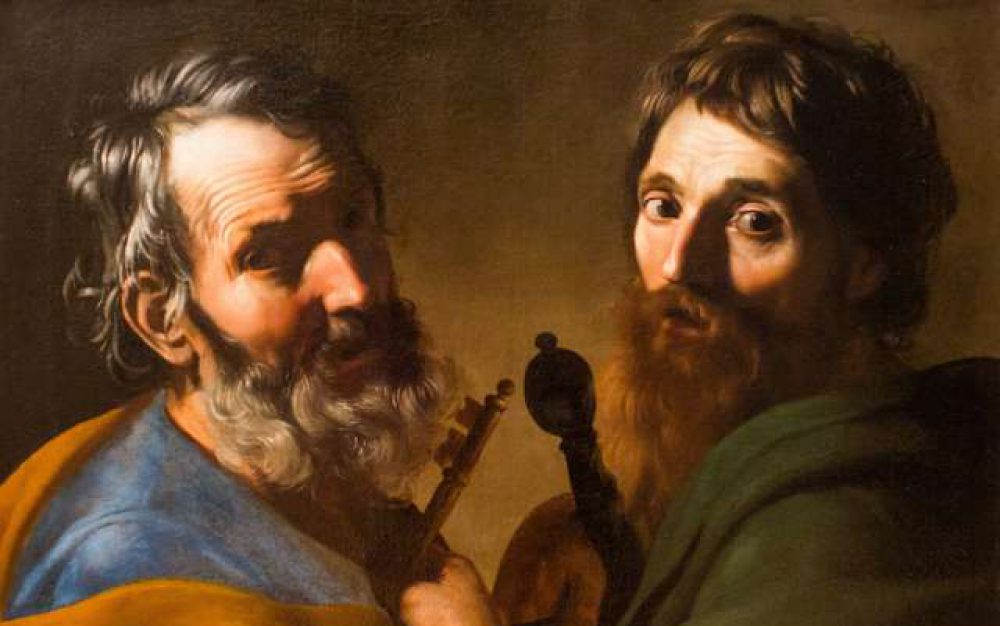
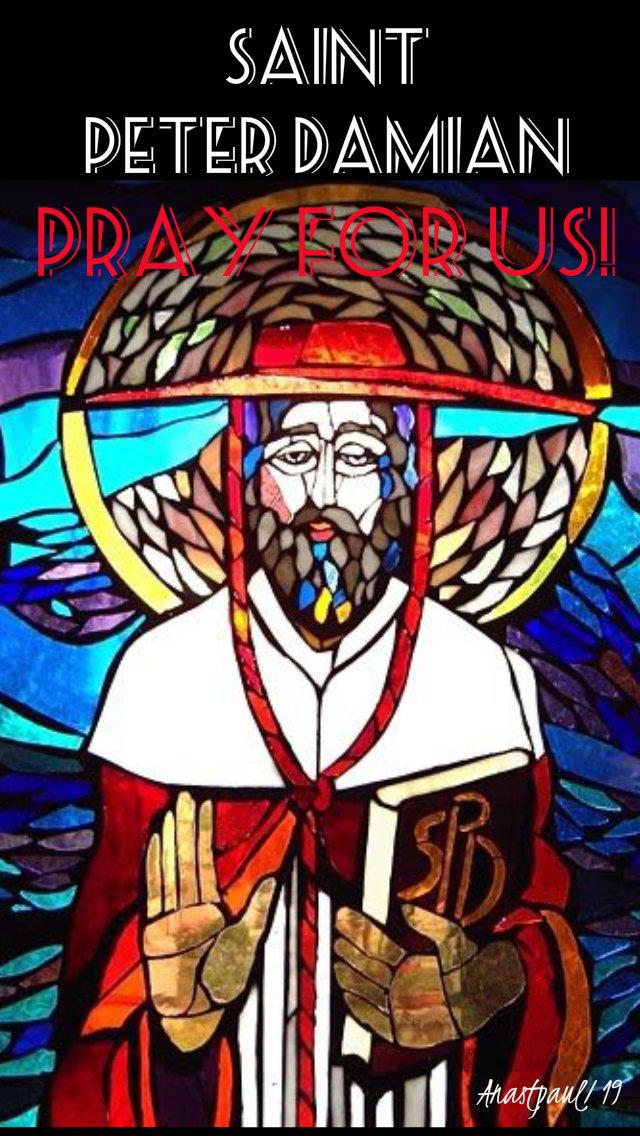



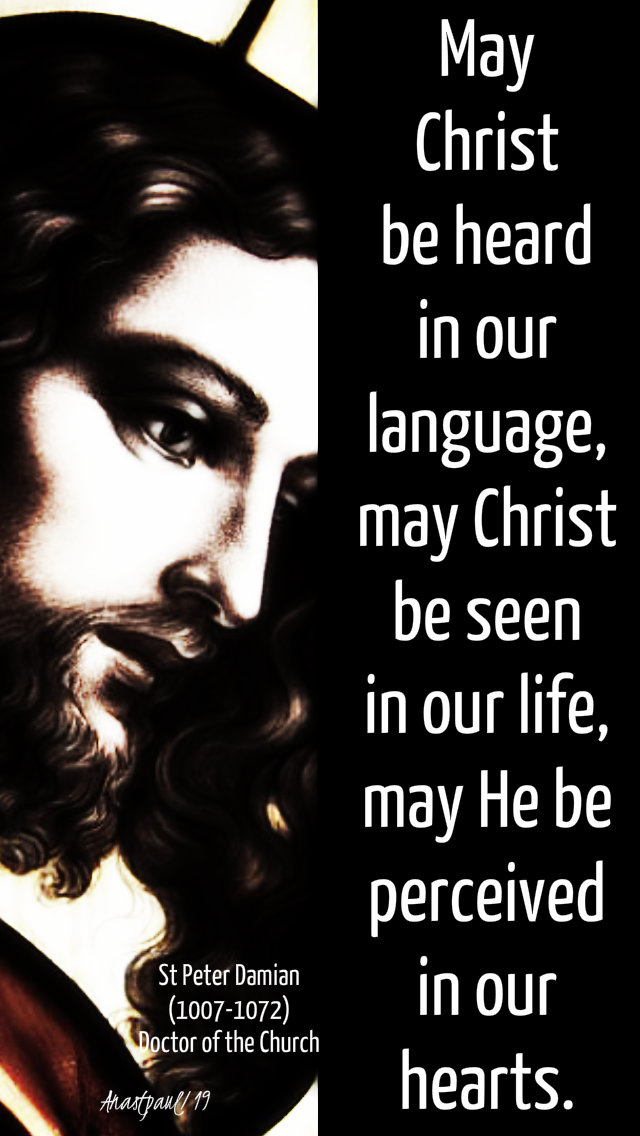
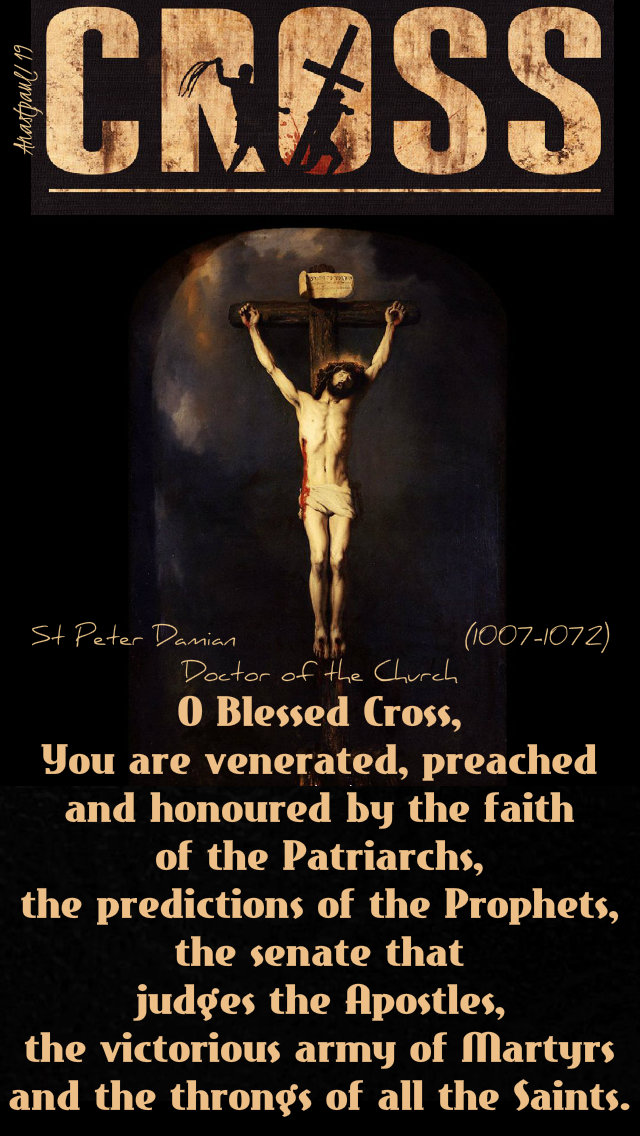






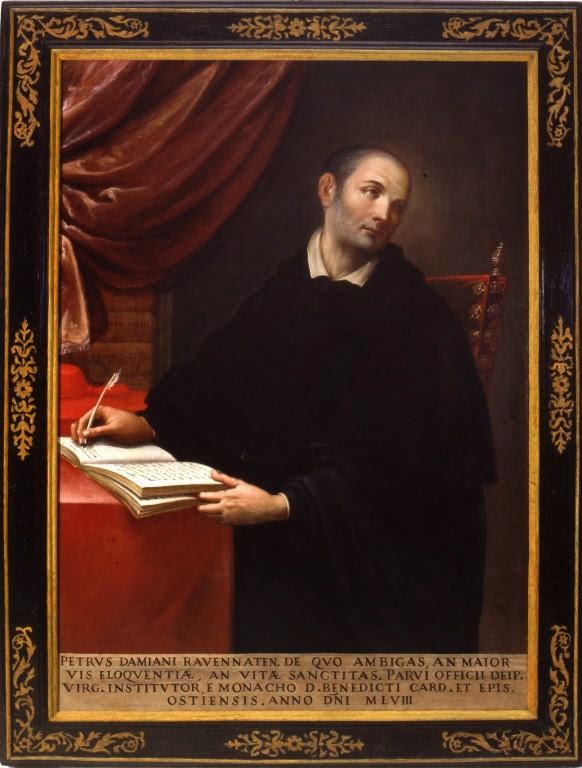

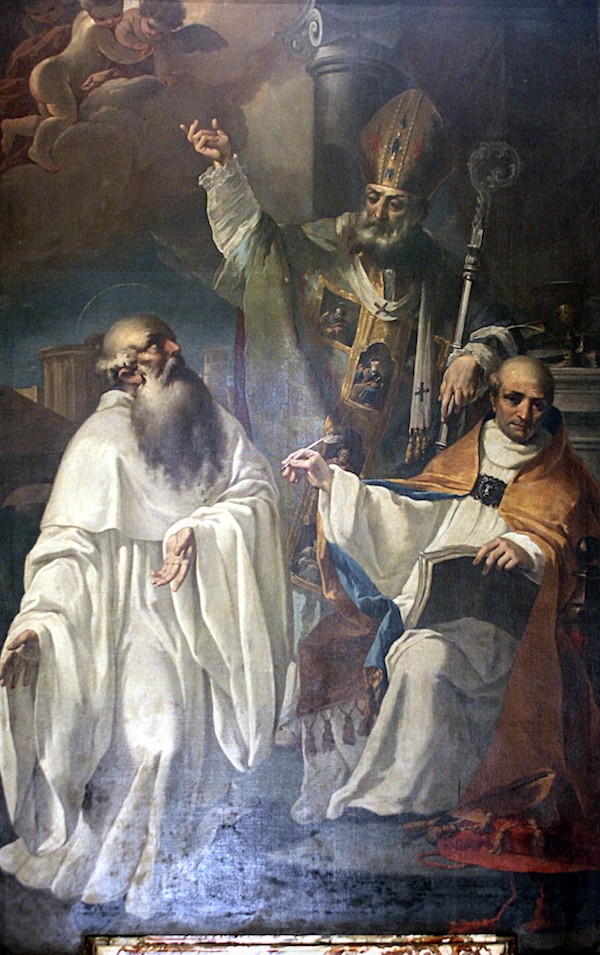


You must be logged in to post a comment.